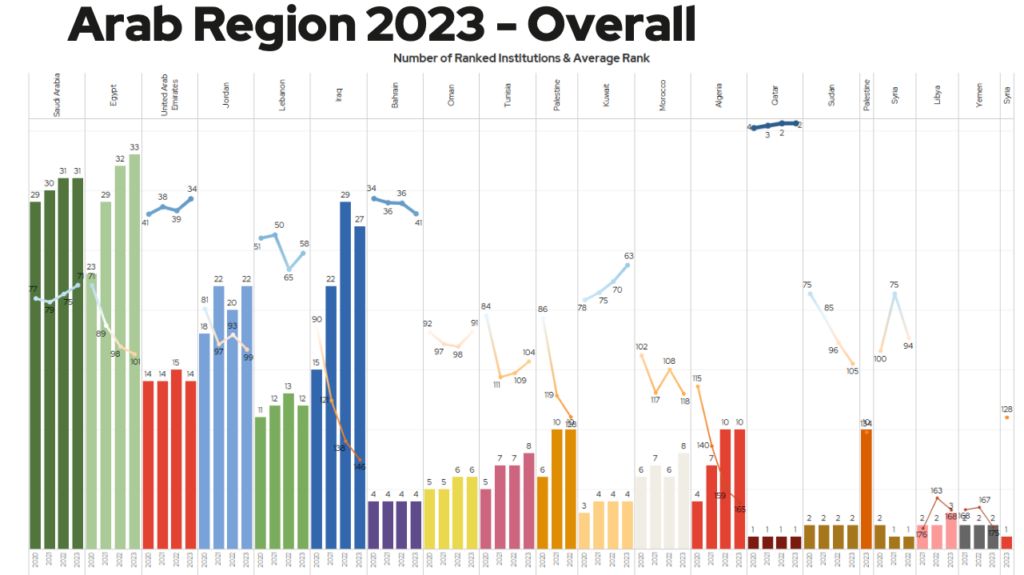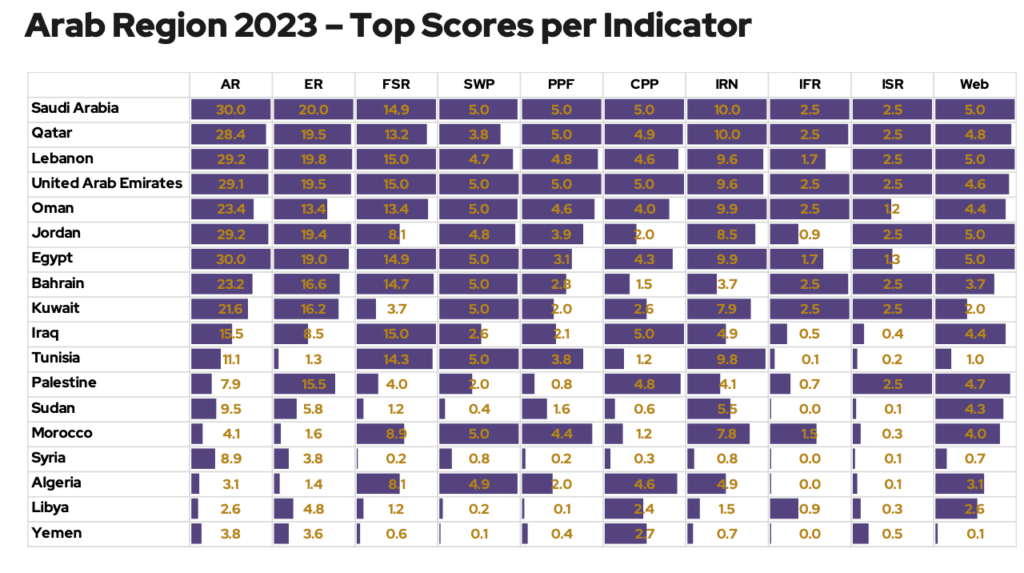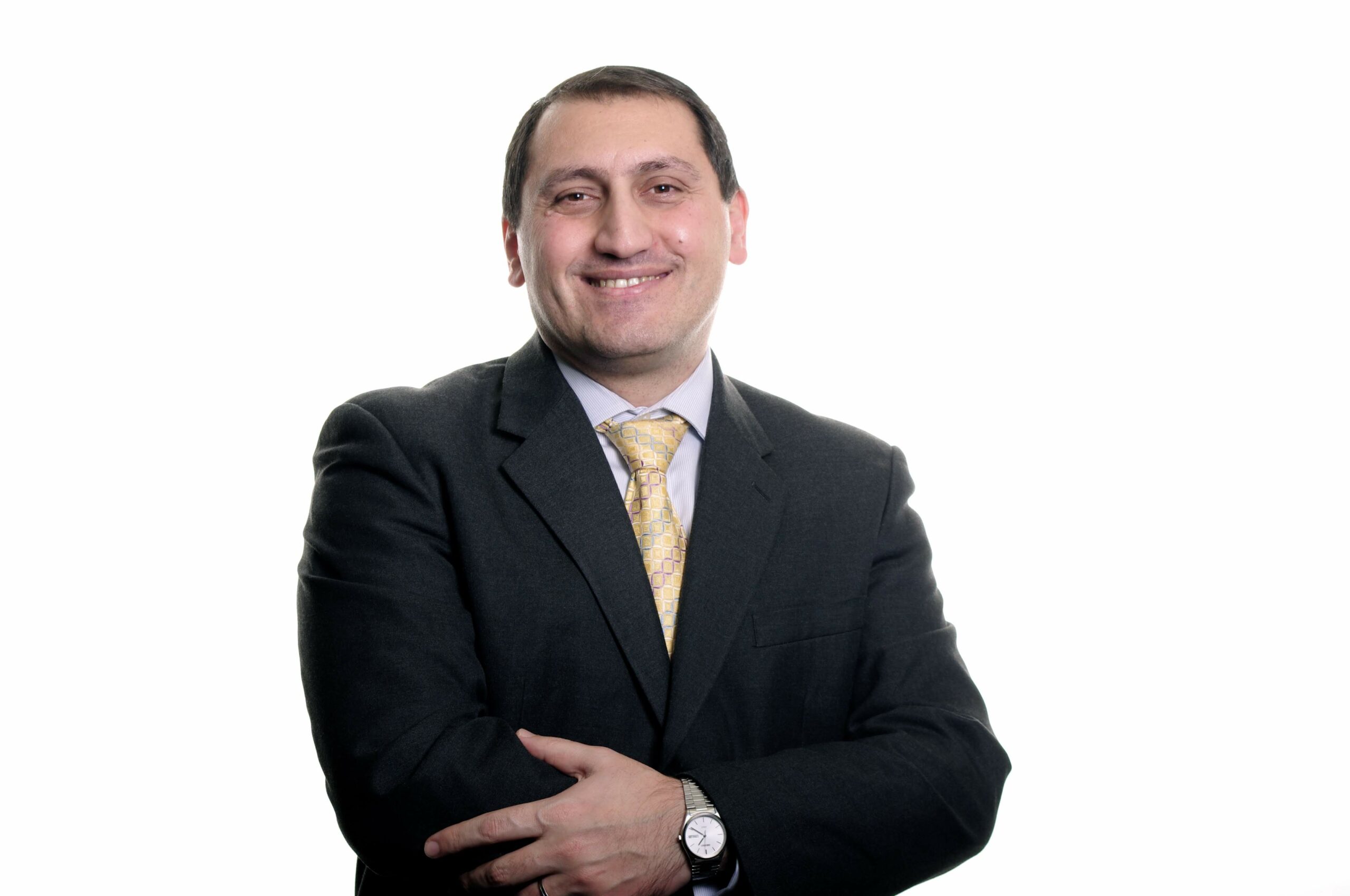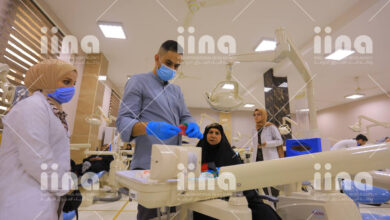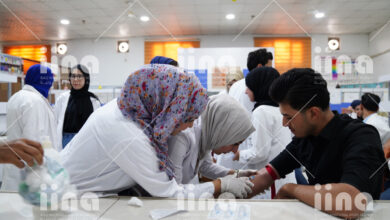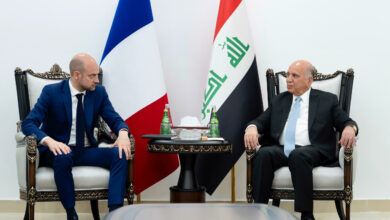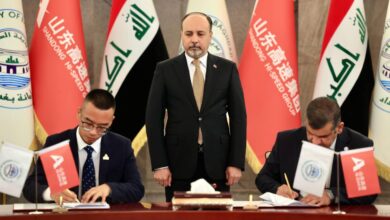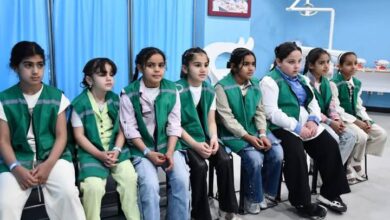One of the world’s highest regarded university rankings bodies, QS, in an interview with the Iraq International News Agency, the topic of Iraq’s progress in the university sphere was discussed with Dr Shadi Hijazi.
Iraq is one of the fastest growing research hubs in the world by some margin. Between 2017 and 2022 its research output has grown by some 291%, more than ten times the global average and far more than that of its more academically established western counterparts. Even for one of the world’s emergent economies this is a significant growth rate. For example Iran has a growth rate of 35%, while the leading gulf states, Saudi Arabia and the United Arab Emirates, see growth rates of 118% and 101% respectively. This research increase is unsurprising considering the macroeconomic trends broadly synonymous with the Arab Region, namely that of superlative growth driven by a rich resource wealth, technological advancement and innovation, industrial development, and rising levels of education.
Globally, Iraq produces the world’s 48th most research, with a scholarly output of 84,588 academic papers over a five year period, this is the fifth highest research output in the Middle East, behind Israel, with 149,701. However, at its current growth rate, Iraq could surpass Israel in terms of productivity in the near future. Iran remains the Middle East’s largest producer of scholarly research. In citation count, Iraq falls behind its regional competitors, generating the seventh most citations in the region, between 2017 and 2022. Indicating that effort and funding would be best directed towards high-quality, relevant research and ensuring this research is disseminated among the scholarly community.
Iraq’s challenge of generating high-impact research is made more apparent by its percentage of research papers to receive citations in top global journals (as defined by CiteScore). From 2017 to 2021, Iraq saw 8% of its publications cited in top journals. Meanwhile the regional leader in terms of research output, Iran, boasts top journal citation percentages more than double that, at 18%. However, with world research leaders, China and the United States, operating at a top journal citation percentile of 29% and 37% respectively, the gap is stark, but also illuminates a roadmap to rankings success through research. Iraq’s most prolific field of research is Engineering & Technology 48% of total research output), in which its primary focus is evenly split between Petroleum Engineering and Computer Science (approx. 20% each). Iraq produces 32% of its research alongside international collaborators, some 11% more than the global average but trailing the Middle East in general, with a cross-border collaboration percentage of 41%.
This suggests boosting collaborative research as a way for Iraq to enhance its competitiveness within the region and is a reliable method for enhancing the standing of its universities in QS’ rankings, which place a premium on internationalisation and cross-border research. At an institutional level, Iraq’s performance is more nuanced, and different analytical lenses tell a different story. For example, in the QS World University Rankings: Arab Region 2023, Iraq’s universities struggle in terms of international reputation among both employers and academics according to QS’ reputation surveys, with none of its institutions placing among the world top 30 in these metrics.
As a country, Iraq does boast a high teaching capacity according to Faculty per Student Ratio, with three of the Arab Region’s ten best universities in this metric. However, its faculty and student bodies appear to lack diversity, with institutional struggles in both international faculty and international students. These metrics are reliable ways to bolster international reputation and speak to a location or institution’s global appeal as a research hub and study destination. In terms of sheer research volume, University of Baghdad is India’s most prolific scholarly institution by a significant margin, producing more than 14,500 academic papers between 2017 and 2022, more than double that of its closest domestic competitor, the University of Babylon.
When assessing an institution’s research output, it is important to consider faculty size, as this influences research capacity. According to the most recent QS data, University of Baghdad also boasts double the faculty of its domestic competitors.
